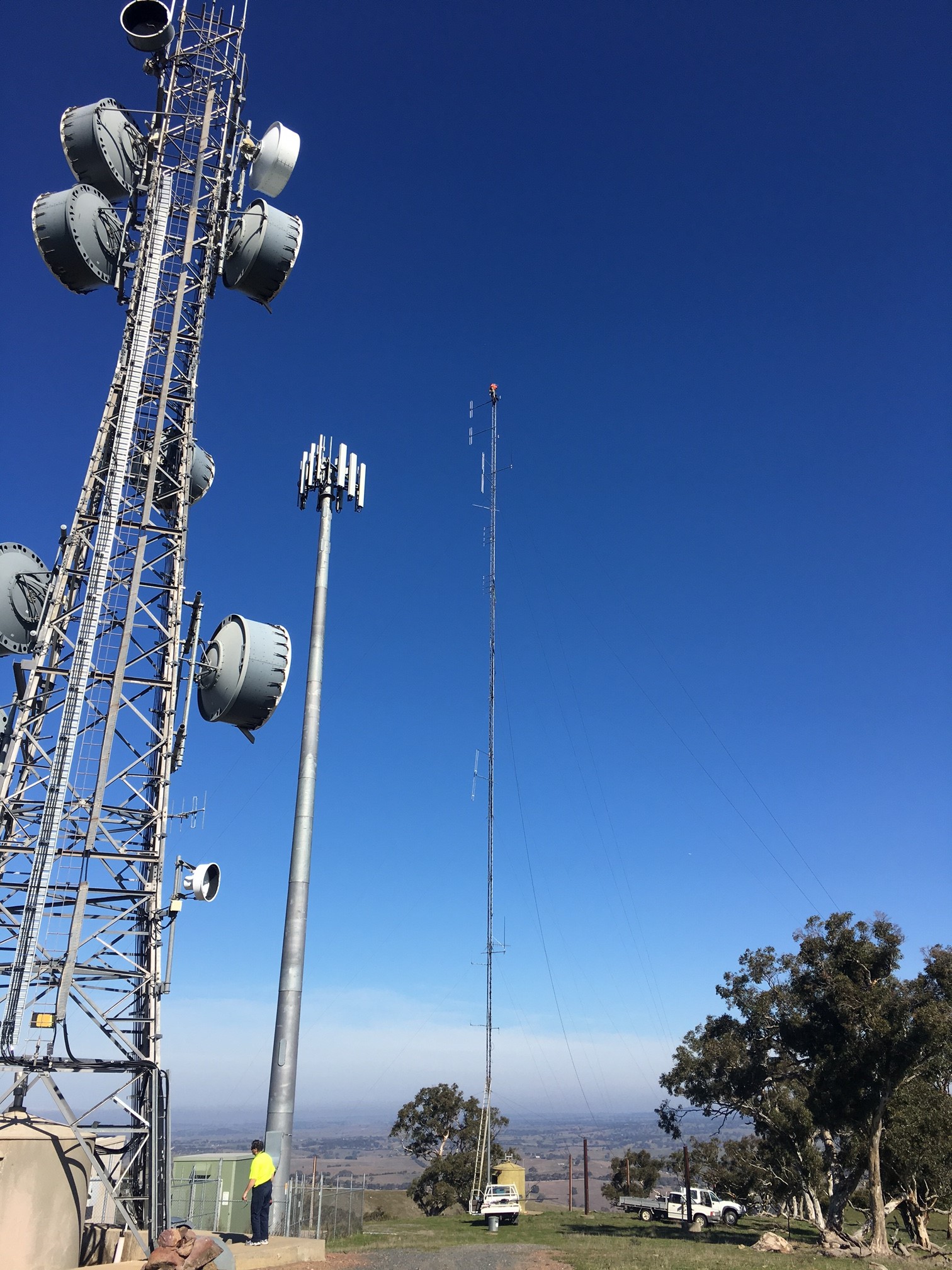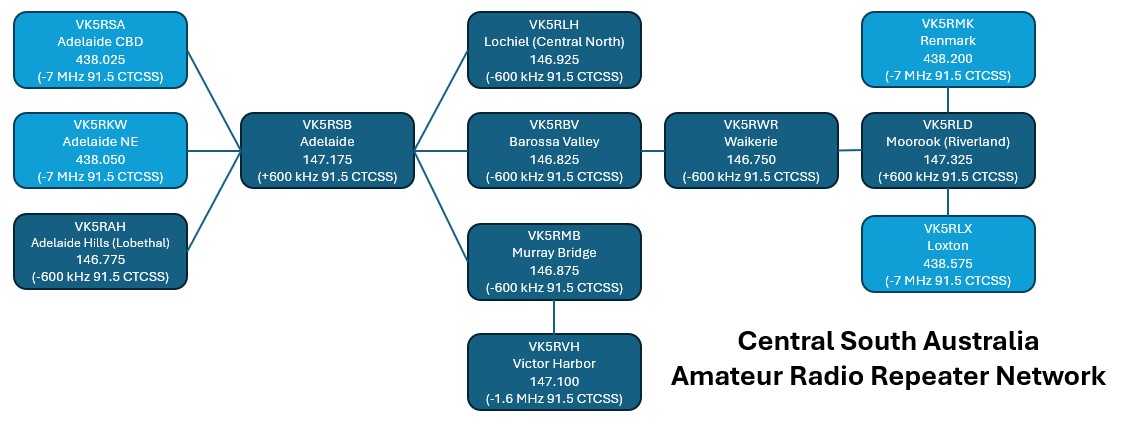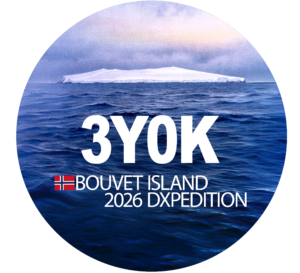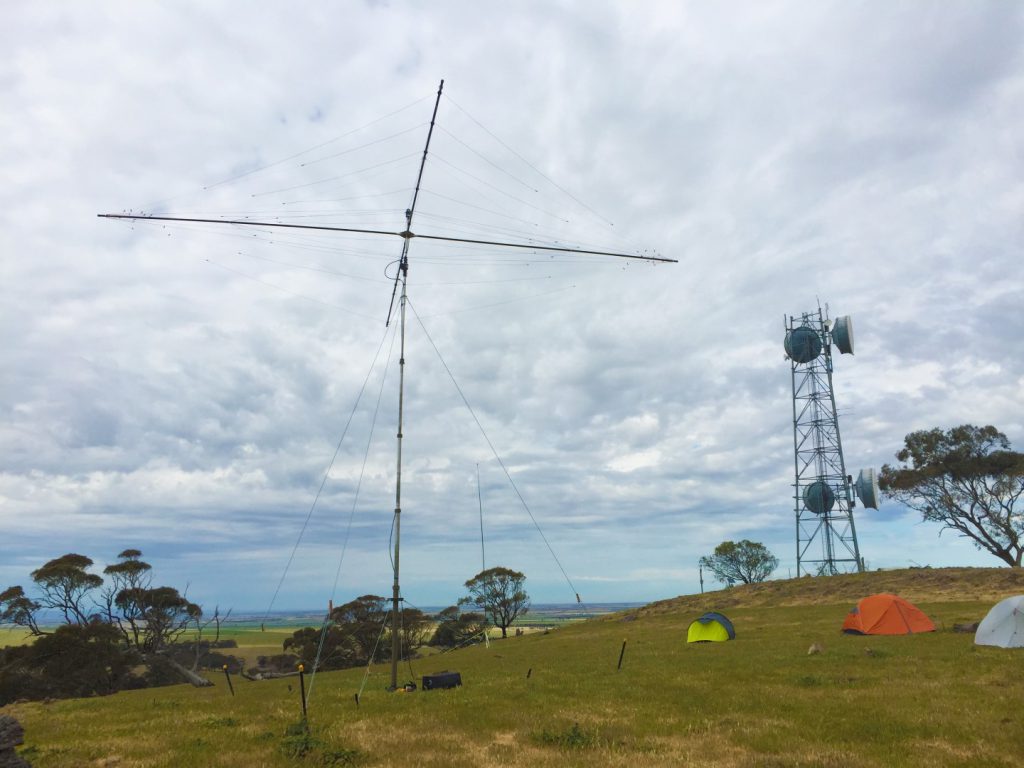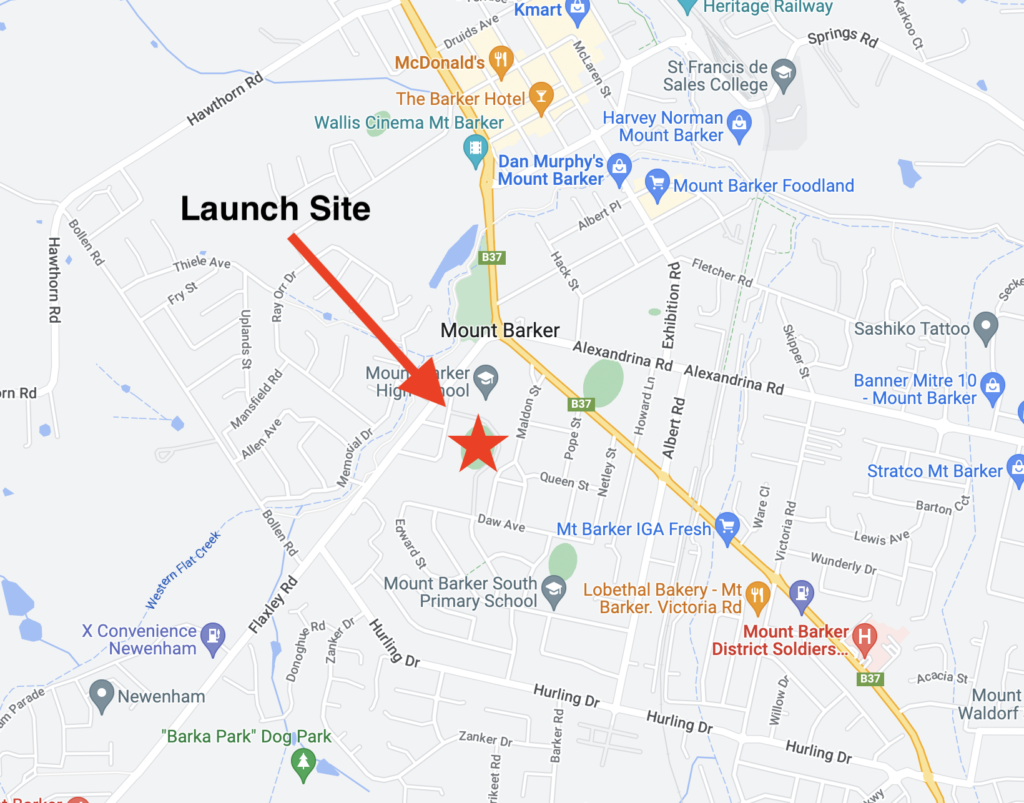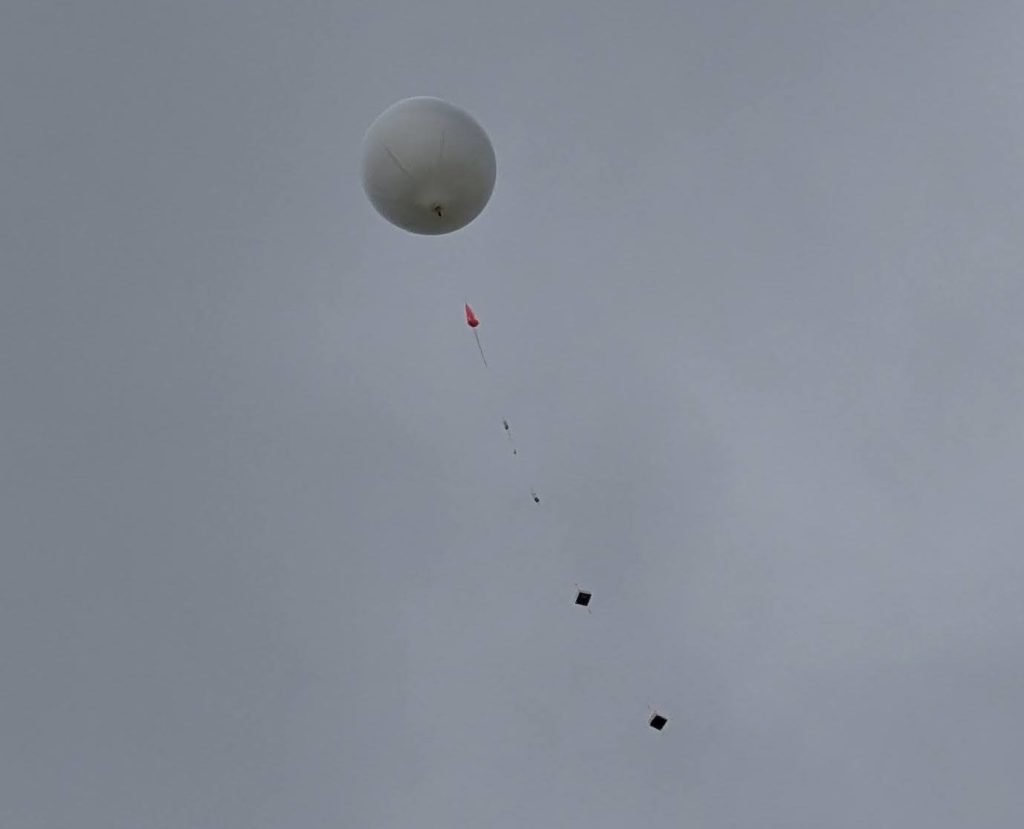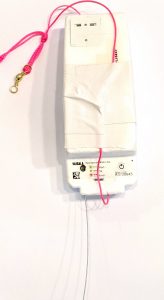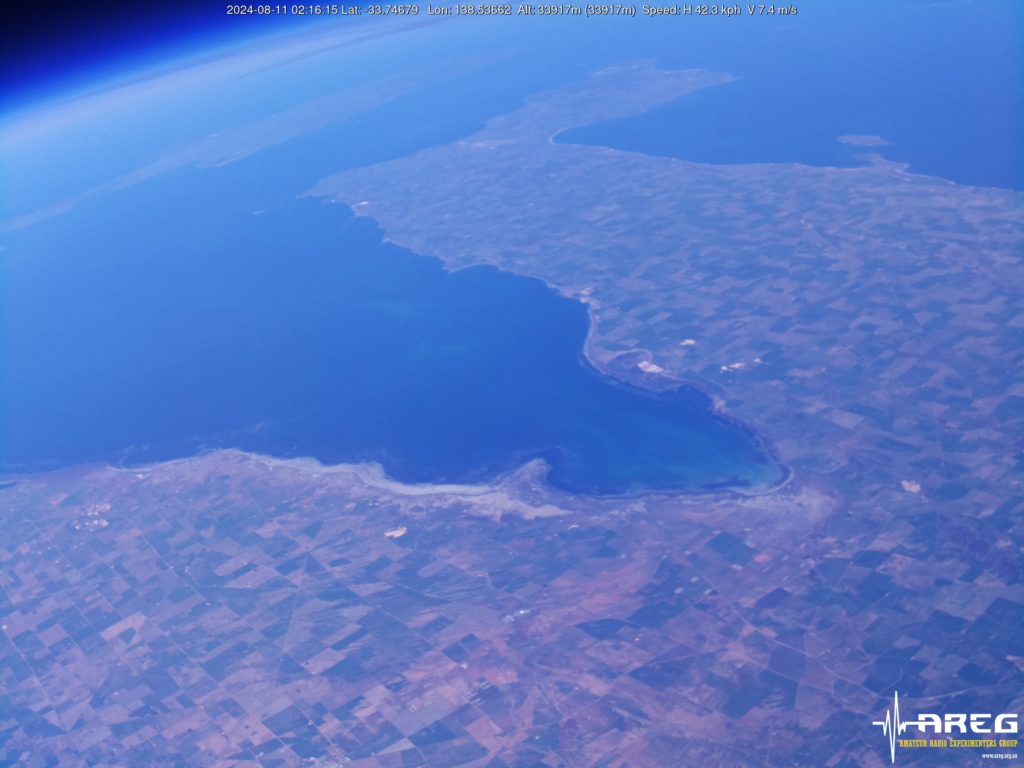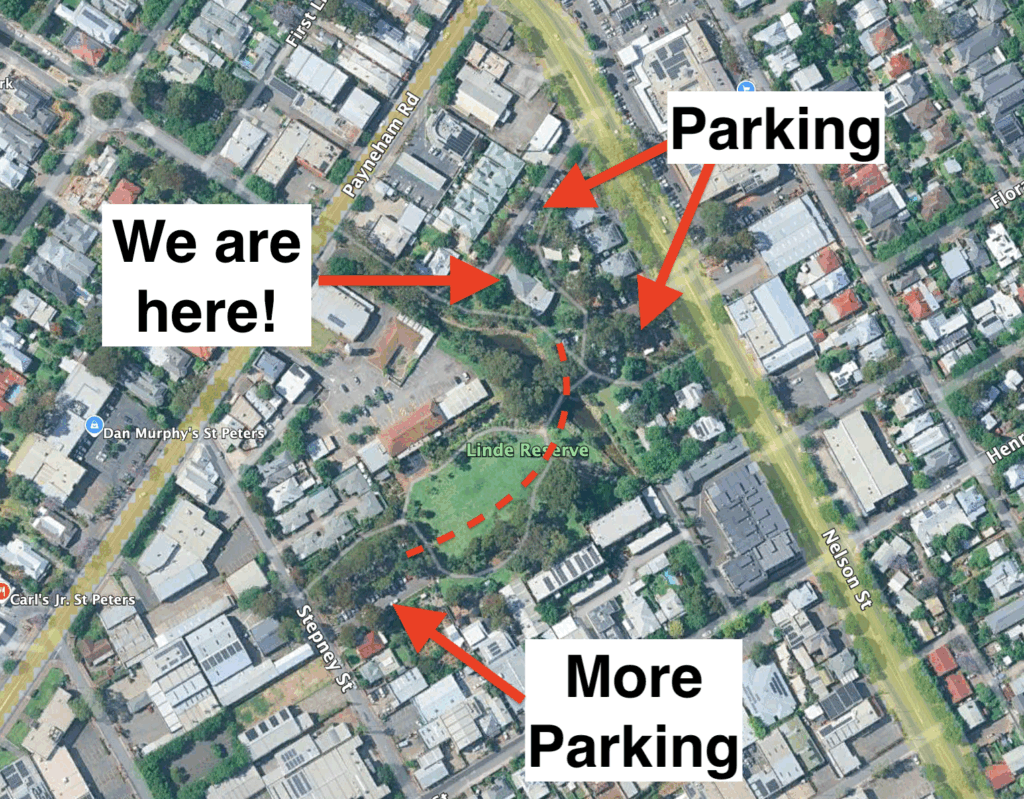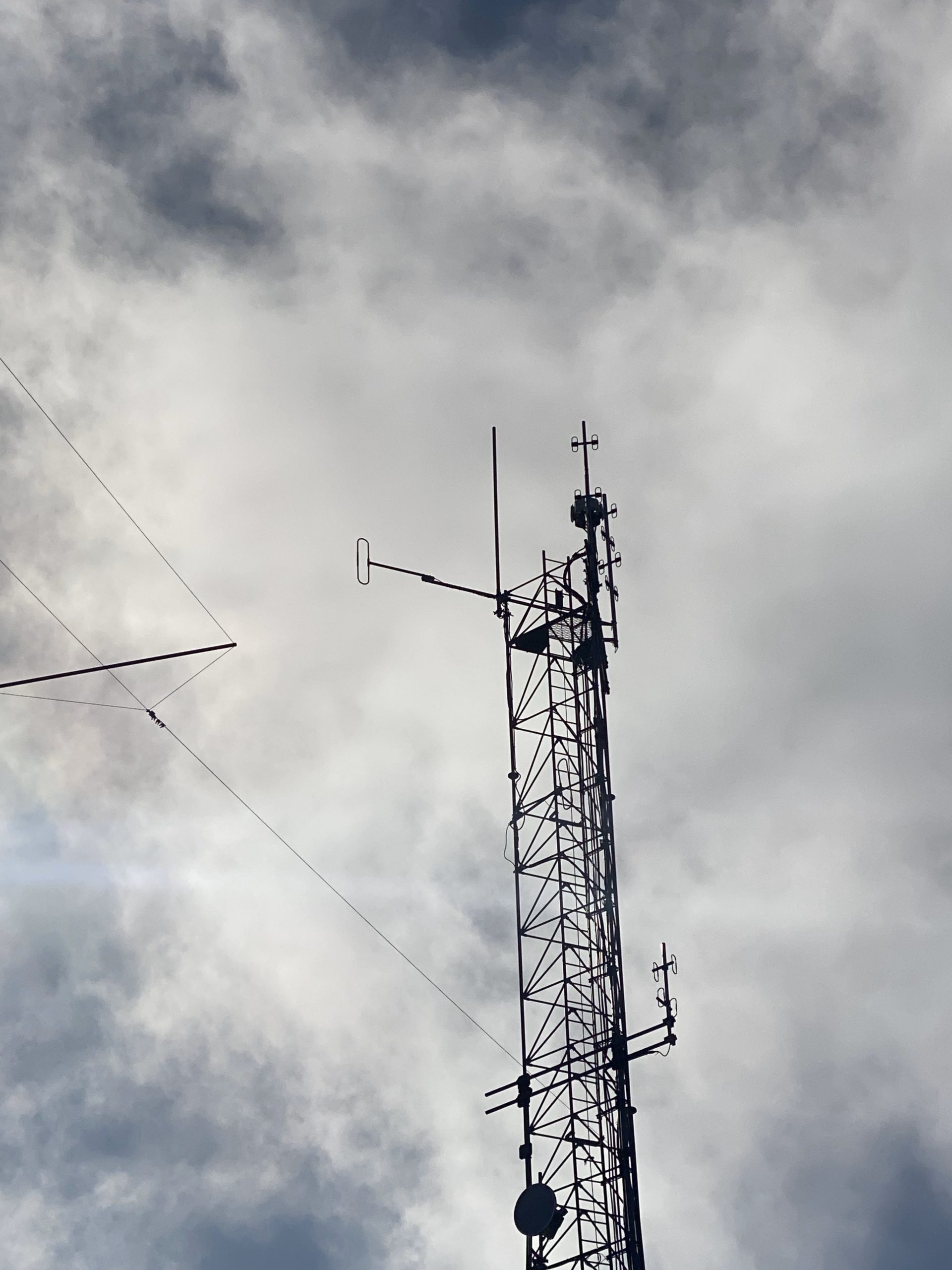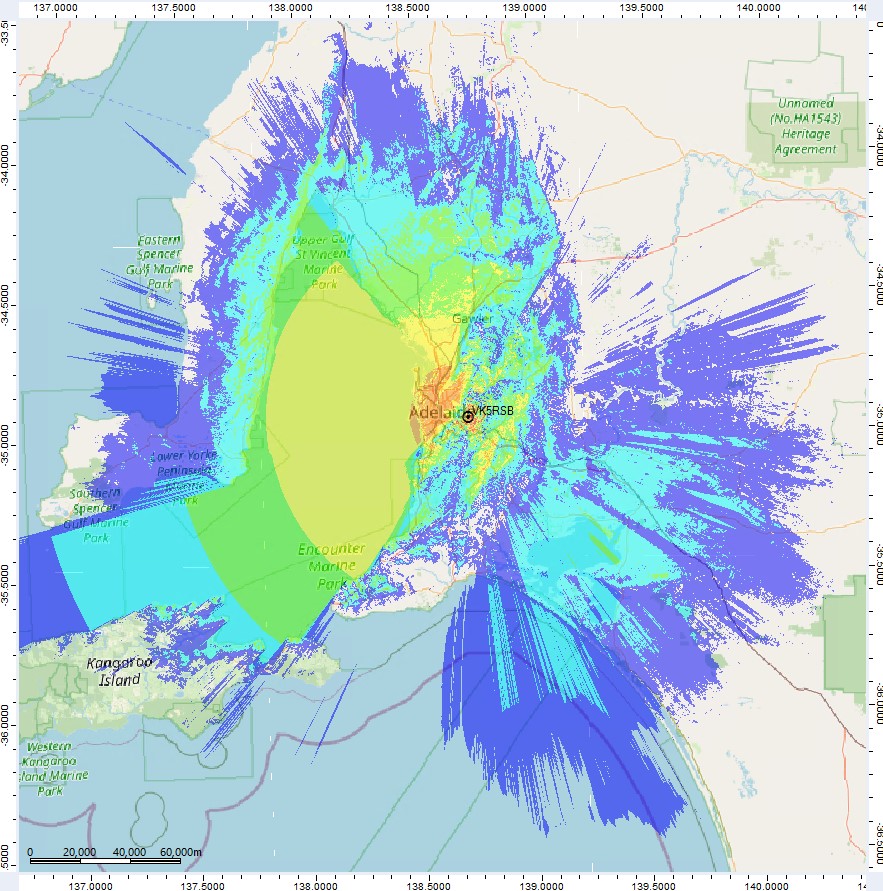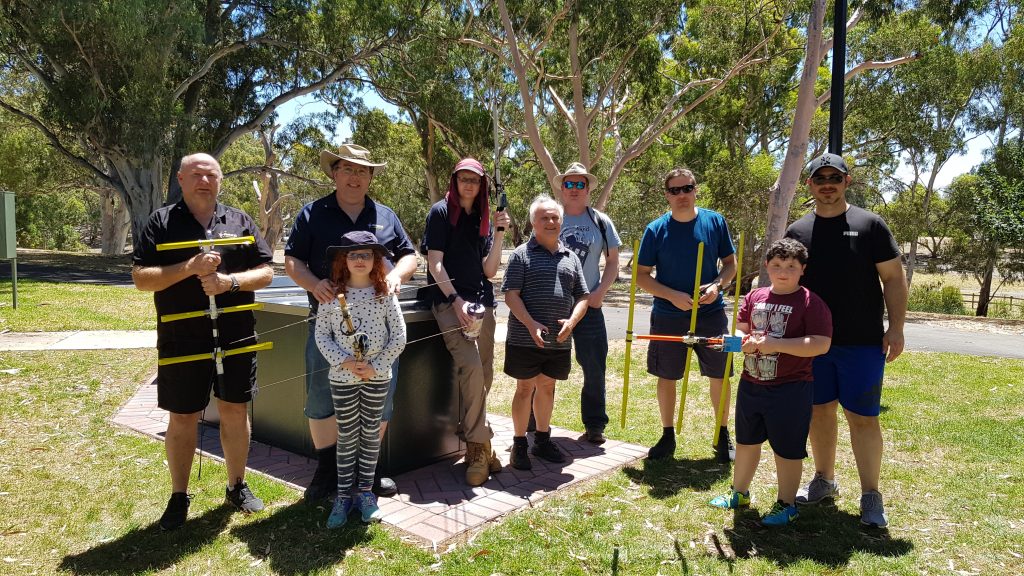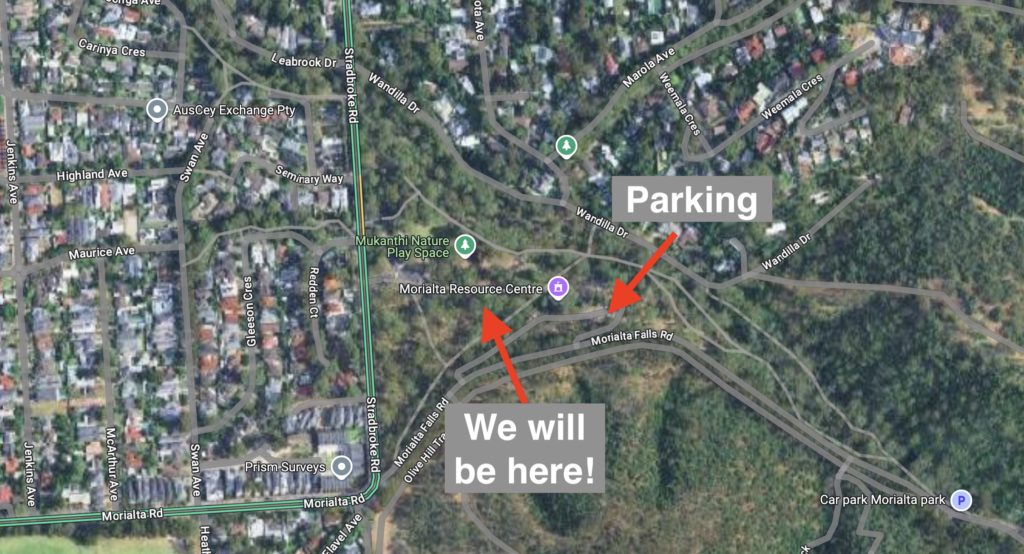Many amateurs in central SA today make use of the central state 2m/70cm band repeater network that covers from Victor Harbor to the Riverland, and Adelaide to the Central North. Unfortunately, due to the loss of the central VK5RAD repeater hub site, a major rearrangement of the repeater network needs to be undertaken. The Amateur Radio Experimenters Group has offered to host the 70cm network hub (formerly operating at VK5RAD) at their Summertown repeater site to keep the network operational. However, to establish VK5RSB as the new hub, there will be some disruption to operations as link frequencies are changed and equipment is relocated.
Final hub equipment installation work is planned to take place starting August 23rd. That will include deploying a new repeater control system & hub repeater at the AREG VK5RSB repeater site.
What does this mean for users?
The key change Adelaide amateur radio operators will see is that, rather than accessing the network via the old 439.925 MHz 70cm repeater at VK5RAD, they instead will need to use the recently commissioned 147.175 MHz (+600 kHz) (91.5 Hz CTCSS) repeater at Summertown (VK5RSB).
For those still looking for 70cm band access, the AREG VK5RSA Adelaide CBD repeater, (sponsored by Kern Wi-Fi) on 438.025 MHz (-7 MHz) or the VK5RKW Adelaide NE repeater on 438.050 MHz will continue to be available.
How long will the full migration take?
Once the new central hub is installed, one by one, each of the network links will be migrated. This will result in the network being fragmented (part working on the new backbone, part working on the old one) for 1-2 weeks, while we travel all of the linked sites to make the necessary frequency and control changes. We hope to have all of the network migrated to the new hub no later than the 6th of September.
As you can appreciate, this move will take time. The affected repeaters in the network are VK5RSA, VK5RKW, VK5RAH, VK5RMB, VK5RVH, VK5RBV, VK5RWR, VK5RLD, VK5RLX, VK5RMK, VK5RLH as well as VK5RSB which will be introduced into the system.
We will post updates as each of the links is moved. Meanwhile, thank you for your patience.

